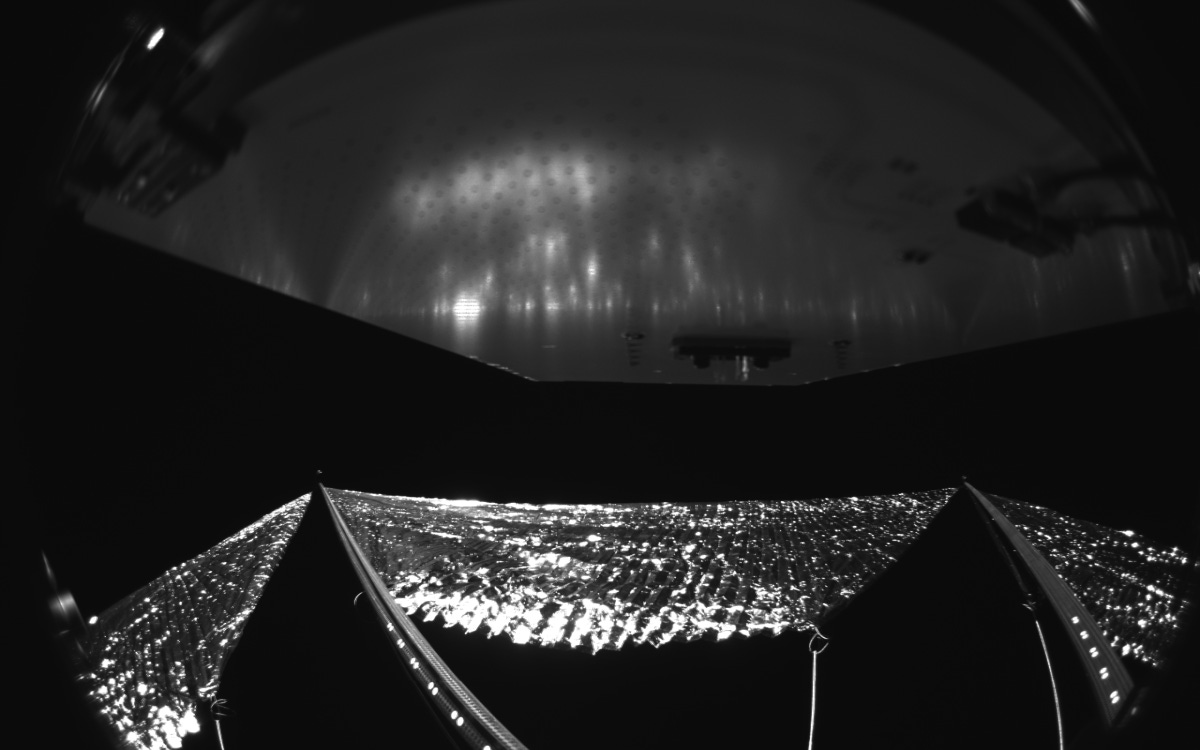Sailing Through Space.
A stunning result.
1. NASA:
Those of you following the Advanced Composite Solar Sail System may have heard that its booms and sail are now deployed. It is receiving light pressure from the Sun to propel it through the Solar System. Like a test pilot in a new aircraft, NASA is now testing out just how it handles. Before deployment, the spacecraft was slowly tumbling. Now the controllers will see if they can get it under control and under sail power. The reflectivity of the sail means it's an easy spot in the night sky, just fire up the NASA app to find out where to look. Solar sails are an ingenious propulsion technique that employ pressure from sunlight to generate low levels of thrust. As the photons of light strike the surface, they transfer momentum to the solar sail and therefore the spacecraft is accelerated. The thrust is small but when applied over long periods of time can provide a very efficient way to propel small spacecraft. (Sources: blogs.nasa.gov, sciencealert.com, X.com)
The sail. (Photo via nasa.gov)
2. Stanford Report/Science and Engineering:
Seeing what’s going on inside a body is never easy. While technologies like CT scans, X-rays, MRIs, and microscopy can provide insights, the images are rarely completely clear and can come with side effects like radiation exposure.
But what if you could apply a substance on the skin, much like a moisturizing cream, and make it transparent, without harming the tissue?
That’s what Stanford scientists have done using an FDA-approved dye that is commonly found in food, among several other light-absorbing molecules that exhibit similar effects. Published in Science on Sept. 5, the research details how rubbing a dye solution on the skin of a mouse in a lab allowed researchers to see, with the naked eye, through the skin to the internal organs, without making an incision. And, just as easily as the transparency happened, it could be reversed.



